Tag: Alberta
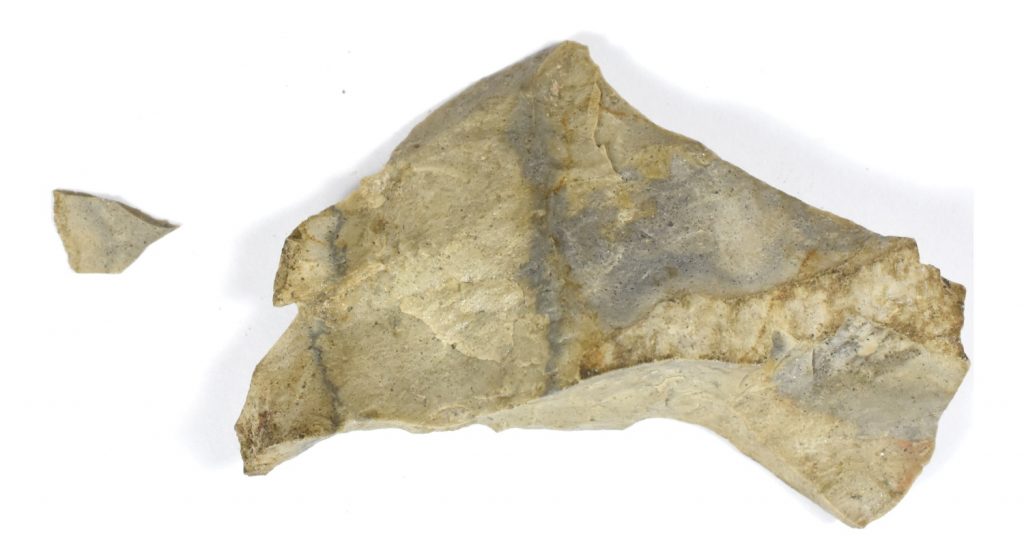
April 21, 2022
Glossary Series – Beaver River Sandstone
Beaver River Sandstone is a stone used for flintknapping that was found in two major quarries near Fort McKay in northern Alberta. It can appear in all shades of grey and brownish grey, with small embedded crystals of medium to dark grey quartz (called “inclusions”). Depending on where it was quarried, it can range from
Keep Reading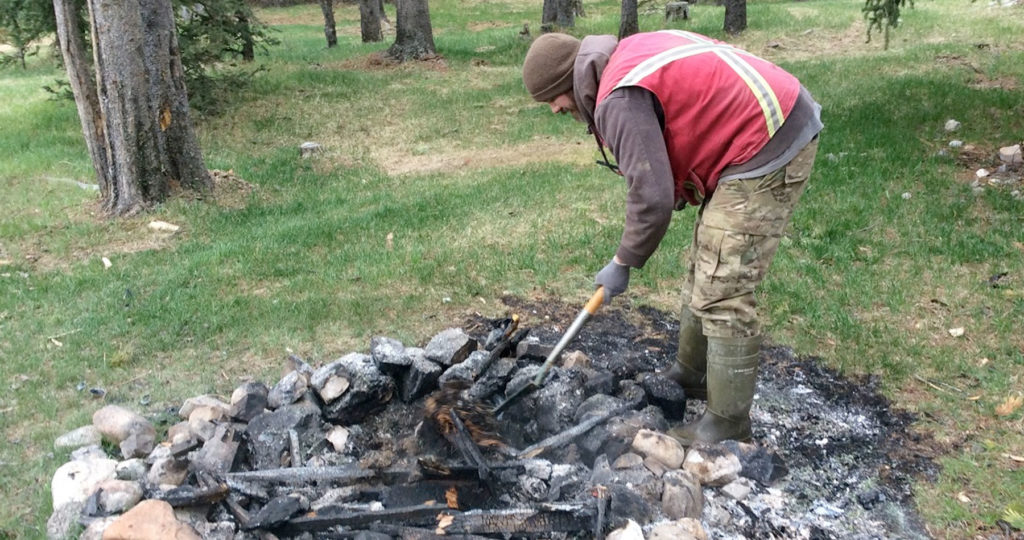
February 7, 2022
Glossary Series – Fire Cracked Rock
Fire Cracked, or Broken, Rock (FCR or FBR) is a type of artifact found at many archaeological sites in Alberta. It is created by heat cycling a stone (eg. heating it up and then cooling it off). If the stone is cooled very quickly, it can fracture, or even explode! Repeatedly heat cycling a rock
Keep Reading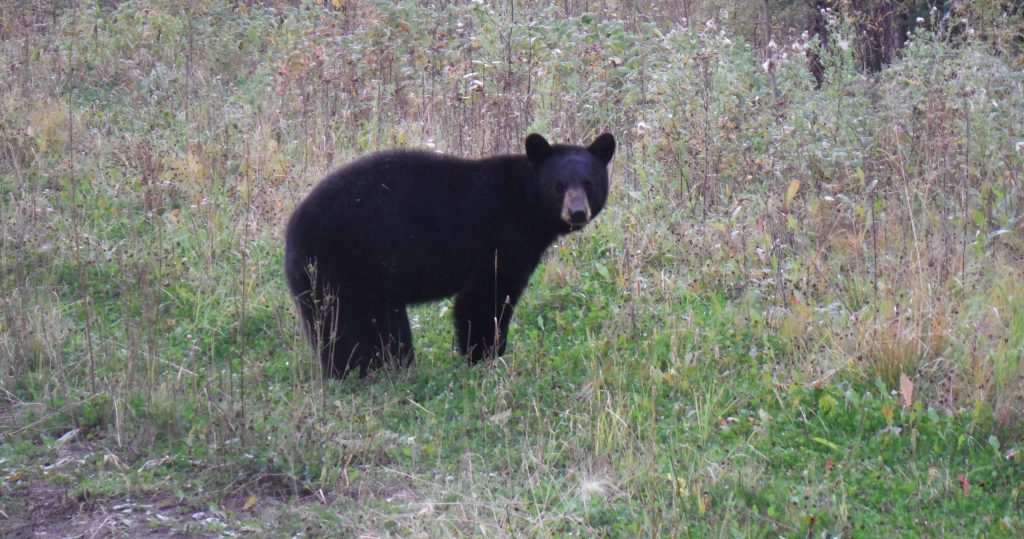
January 24, 2022
Animal Track – Bears
Stories of bear encounters captivate me. I’m not alone in this. Most people just love hearing about bears! Members of Ember’s field staff have had many bear encounters throughout the years and several of us have had run-ins with both species of bear in Alberta: Black Bear (Ursus americanus) and Grizzly Bear (Ursus arctos). We
Keep Reading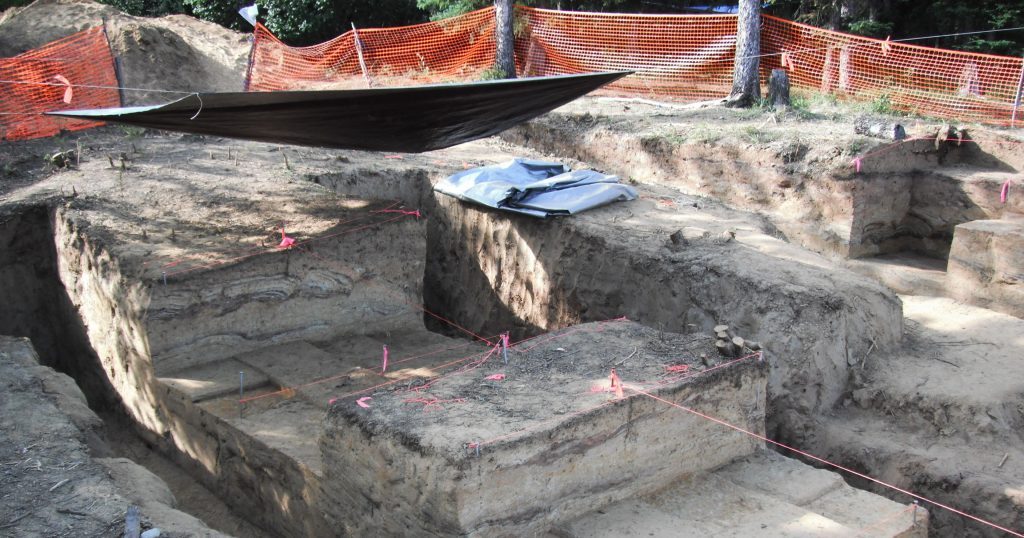
December 8, 2021
Hazards of the Job – Deep Trenches
Archaeology may not be as dangerous as portrayed in popular shows like Indiana Jones but we often overlook a very common fatal hazard.
Keep Reading
November 18, 2021
You Are Never Truly Alone
The hair stands up on the back of your neck and nearby a twig snaps... Are you being watched?
Keep Reading
November 8, 2021
Animal Tracks – Wolves
Wolves are majestic, mysterious and terrifying. But of all the undomesticated animals, wolves probably have the closest relationship with humans. While co-existing with humans for tens of thousands of years, wolves have been the subject of myth, legend and persecution. The Evolution of Wolves The earliest known Subfamily of Caninae (the subfamily of which wolves
Keep Reading
September 10, 2021
Edible Plant Series – Cattails
Did you know that cattails are edible? Unlike wild mushrooms, which can be difficult to identify and poisonous, most people can easily recognize cattails (Typha latifolia). It is difficult to mistake a two meter tall plant with a large, brown, fluffy corndog-looking thing at the top, for something like water hemlock. Juvenile plants are more
Keep Reading
November 20, 2020
The 9 types of Medicine Wheels in Alberta
Most people are familiar with Medicine Wheels, either from popular culture or books such as “Canada’s Stonehenge” by Gordon Freeman. Many people might not know that while they are found all over the Northern Plains in Montana, Wyoming, and Saskatchewan, they are most numerous in southern Alberta. There are currently 57 documented medicine wheels in
Keep Reading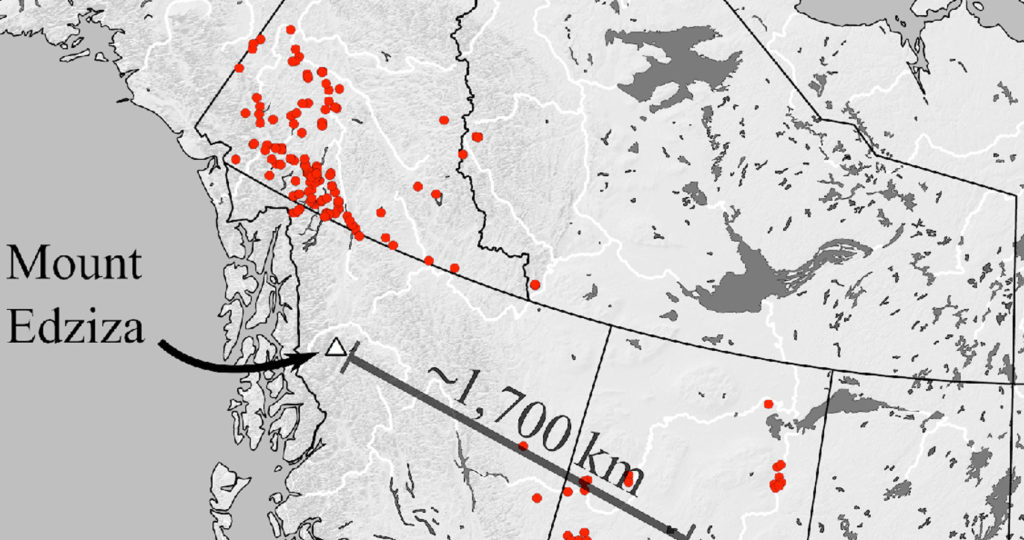
April 15, 2020
No volcanoes in Alberta, so where does the Obsidian come from?
When working close to an obsidian source (i.e. volcanoes), archaeologist will regularely find obsidian tools and debitage. However, in the boreal forests of northern Alberta, obsidian is a rare find indeed. So to find any evidence of it at all is pretty significant. Volcanic glass, or obsidian, is one of the sharpest naturally occurring materials
Keep Reading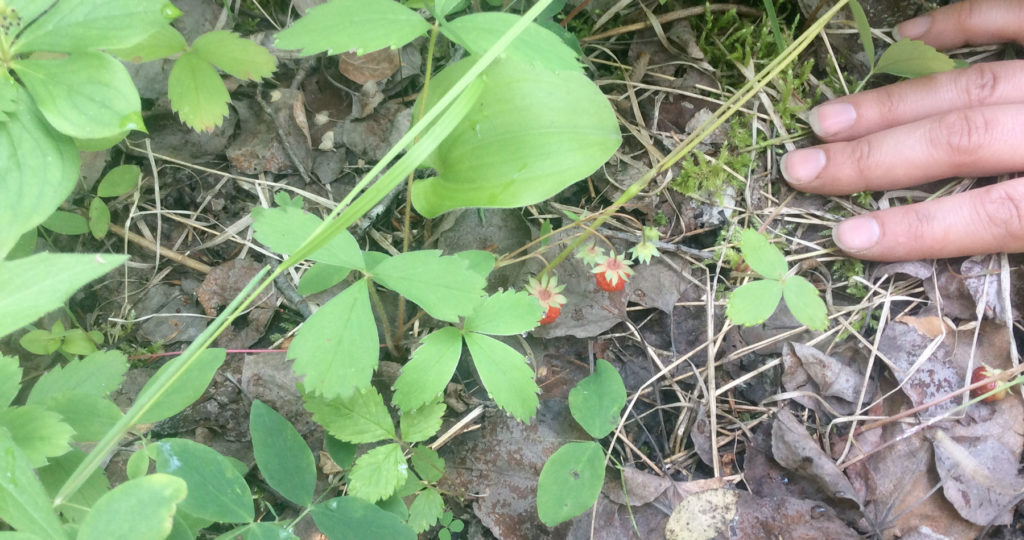
June 12, 2019
Edible Plants Series – Wild Berries Part 1
If you follow our blog, or have read any of the other installments of the Edible Plant Series, you will notice some repetition in the following cautionary note. Do not eat any wild plants that you can not identify with 100% certainty! Berries are generally safer than plants like mushrooms, since most edible berries do
Keep Reading